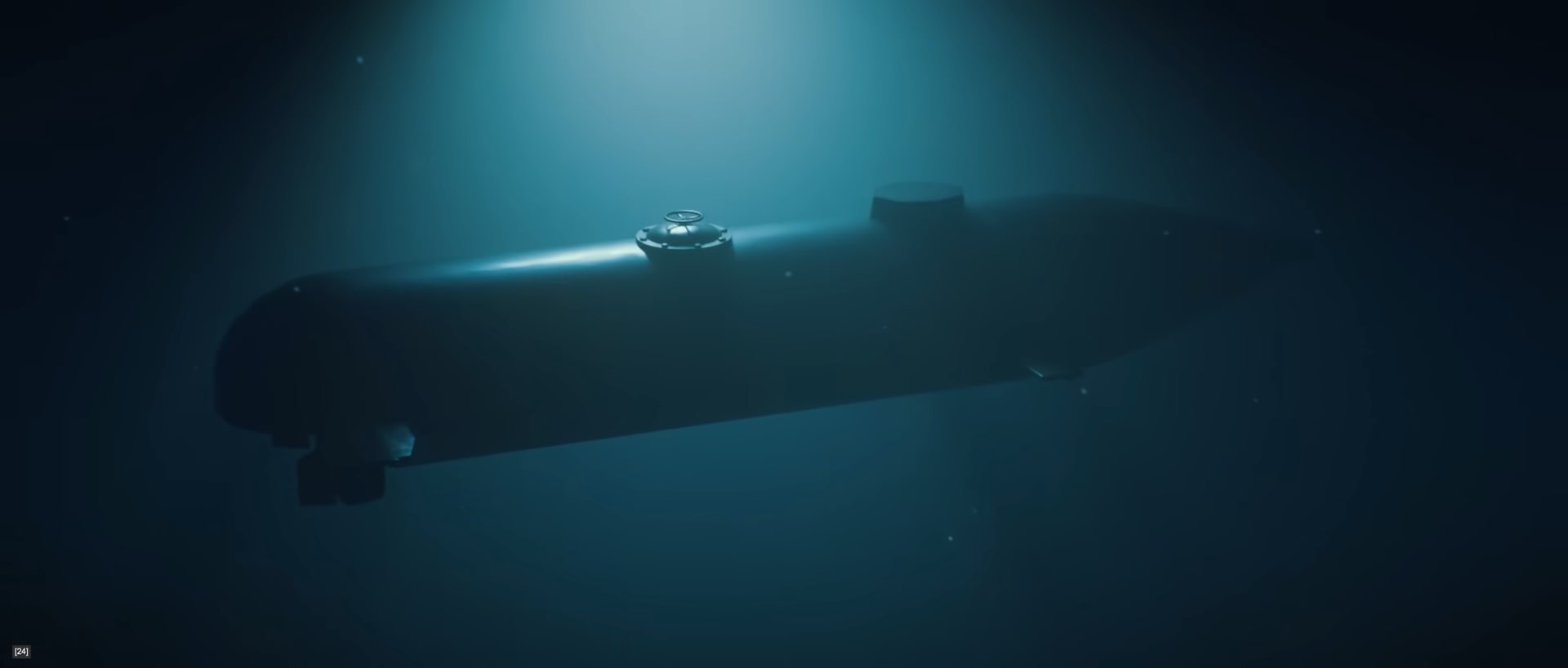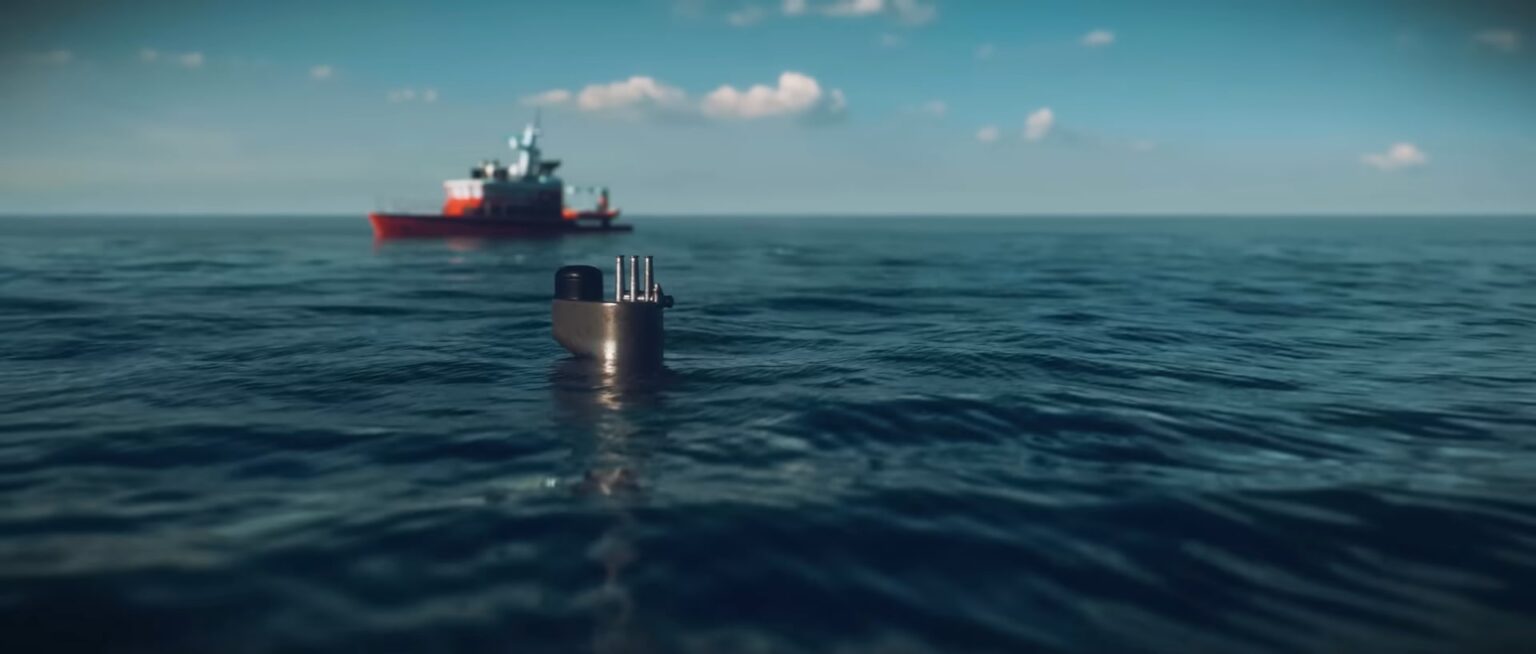Submarines have long captured human curiosity due to their ability to vanish beneath the waves and travel great distances unseen. Their silent operation and ability to operate far below the surface make them essential tools for both military strategy and scientific discovery.
Depth capability isn’t just a technical bragging right, it directly impacts mission range, stealth, survivability, and scientific reach.
Military submarines prioritize stealth and endurance, while research submersibles aim to descend into the planet’s most extreme depths.
Table of Contents
ToggleHow Deep Can They Actually Go?
| Country | Submarine Class | Estimated Depth | Key Features and Notes |
|---|---|---|---|
| Russia | Akula-class | 1,200–1,300 meters | High tensile steel hulls, Cold War design, excellent sonar evasion |
| Yasen-class | ~600 meters | Multi-role, modern acoustic damping, advanced sonar systems | |
| Borei-class | ~500 meters | Ballistic missile platform, optimized for stealth and endurance | |
| United States | Los Angeles-class | 250m (test), up to 700m | Cold War design, fast-attack, deep upgrades possible |
| Ohio-class | ~300 meters | Strategic missile submarine, limited by size and payload | |
| Virginia-class | 500m (test), est. 800–900m | Latest class, titanium reinforcement, sonar suppression | |
| Seawolf-class | Estimated 800m+ | Reinforced hull, advanced stealth, highly capable but classified data | |
| China | Jin-class | 300–400 meters | Ballistic missile submarine, built for deterrence in the Pacific |
| Germany | Type 212 | ~400 meters | Diesel-electric, air-independent propulsion, ideal for shallower seas |
| India | Arihant-class | 300–400 meters | Nuclear-powered, regional deterrent, co-developed with Russian influence |
Precise information about the operational depth of military submarines remains heavily classified, making definitive figures difficult to confirm. Most available data is drawn from declassified materials, naval experts, and open-source intelligence.
- Strategic doctrine
- Mission type
- Technological limits
While some submarines can withstand extreme pressure, they rarely operate at maximum depth due to safety concerns and diminishing tactical advantages.
Military submarines prioritize stealth, range, and survivability. Submersion depth matters less than acoustic silence, sensor reach, and missile delivery effectiveness.
Hull strength plays a role, but design emphasis often shifts toward noise reduction, endurance, and evasive maneuverability.
Going farther underwater does not always provide tactical benefits in modern naval warfare. Submarines rarely operate at their crush depth. Practical depth limits are dictated by crew survivability, propulsion efficiency, sonar range, and the submarine’s intended role.
Modern designs favor a combination of moderate depth capability and ultra-quiet operation. Surveillance, nuclear deterrence, special operations support, and fleet protection require versatility more than sheer depth.
Factors That Limit Submarine Depth

Submarines operate in one of the most hostile environments on Earth. Pressure increases by approximately one atmosphere every 10 meters, creating extreme conditions that limit how far a vessel can descend.
Engineers face a constant balancing act between structural durability, operational performance, and life-support capabilities.
Hydrostatic Pressure
Every meter adds immense force to a submarine’s hull. At 1,000 meters, water pressure exerts roughly 1,500 pounds per square inch on every external surface. Without precision engineering, those forces would crush the vessel like a tin can.
Structural collapse is not gradual, it’s instantaneous once pressure exceeds the hull’s tolerance.
Maintaining hull integrity under these conditions requires meticulous calculations. Small errors in manufacturing or slight deviations in material performance can lead to catastrophic failure.
Each depth rating includes a significant safety margin for this reason, ensuring submarines operate well below the threshold of failure.
Material Constraints
Material choice dictates performance at great depths.
- Cost
- Strength
- Flexibility
Titanium alloys are used in specialized cases for their superior pressure resistance and corrosion tolerance, though they are far more expensive and harder to fabricate.
Spherical and cylindrical pressure hulls perform best at resisting external stress. Even so, repeated pressurization cycles create fatigue over time. Welding inconsistencies, metal impurities, and thermal expansion during rapid depth changes can all weaken structural components.
Without rigorous maintenance and inspection protocols, those small imperfections become serious liabilities.
Structural Design
The keel of the first of the UK’s new Dreadnought submarines, the most powerful and technically advanced boats ever designed for the Royal Navy, has been laid at BAE Systems’ Barrow-in-Furness shipyard 🇬🇧https://t.co/2jxkyhmCSi
— Naval News (@navalnewscom) March 20, 2025
Design shapes how a submarine distributes and absorbs stress. Longer or wider hulls experience more force due to increased surface area.
Reinforcing ribs, bulkheads, and stiffeners help maintain shape, but they also add weight and complexity.
Submarines that operate at greater depths often feature double-hull construction, where a pressure-resistant inner hull is encased within a hydrodynamic outer shell.
It helps isolate critical systems and provides an added layer of protection, though it introduces more engineering challenges related to buoyancy, heat dissipation, and equipment placement.
Life-Support Limitations
Sustaining human life under massive pressure is just as important as withstanding it. Air becomes denser as pressure increases, altering oxygen flow and carbon dioxide buildup.
Scrubber systems must operate continuously, and oxygen levels must be precisely controlled to avoid toxicity or suffocation.
Temperature also drops rapidly at lower depths. Heating systems must counteract the cold without adding too much heat in confined quarters.
Humidity, cabin pressure, and water condensation all affect electronics and crew comfort.
Engineering Trade-Offs
Building for maximum depth often means sacrificing agility, speed, or mission duration. A thicker hull increases survivability but adds weight, reducing maneuverability. More life-support equipment extends the range but reduces space for weapons, crew accommodations, or navigation systems.
Designers must decide which characteristics matter most for a submarine’s intended mission. Reconnaissance vessels may prioritize stealth and speed at shallower depths, while research submersibles sacrifice mobility for the ability to reach extreme depths.
No submarine can do everything, it must be optimized for one set of conditions at the cost of others.
Submersibles vs. Submarines
Submarines and submersibles share an underwater environment but serve entirely different roles.
- Operate silently
- Evade detection
- Complete strategic objectives
These vessels need to be self-sufficient, fast, and capable of maneuvering through complex underwater terrain.
Submersibles, on the other hand, focus purely on reaching extreme depths for scientific observation and exploration. Built for limited-duration missions, they prioritize pressure resistance above all else. Speed, stealth, and horizontal navigation are secondary or irrelevant in their design.
Support ships are essential for submersible operations. Deployment and retrieval require cranes, winches, and extensive planning. Once submerged, these vessels operate independently but within strict time and depth constraints set by their life-support and battery systems.
- Trieste (1960): Descended to roughly 10,916 meters in the Mariana Trench. Piloted by Jacques Piccard and Don Walsh, it remains a milestone in human underwater exploration.
- Deepsea Challenger (2012): Reached approximately 10,898 meters. Filmmaker James Cameron completed the mission solo, capturing high-resolution video and collecting deep-sea samples.
- DSV Limiting Factor (2019): Operated by Victor Vescovo, it reached about 10,928 meters. Designed for repeat dives, it has completed multiple descents into the hadal zone, something no other manned vessel had done.
Military submarines are not built to withstand such pressure. Their pressure hulls, while strong, are not designed to operate under conditions found at the bottom of oceanic trenches. Attempting to reach those depths with a military sub would result in structural failure.
As maritime threats continue to evolve with advances in underwater warfare and new technologies, defense companies need to constantly innovate and develop new solutions to ensure maritime security. ASELSAN is successfully meeting this challenge 🇹🇷https://t.co/0YnxPvm8KT
— Naval News (@navalnewscom) March 20, 2025
The Bottom Line
Submarine depth isn’t just about how low a vessel can go, it’s about function, safety, and engineering priorities.
Military vessels remain in the hundreds-of-meters range due to their operational needs. Scientific submersibles push into the deepest ocean trenches because that’s what they are built to do.
Technological improvements continue to stretch depth limits. Future designs may reach farther down, but each meter adds cost, complexity, and risk.
Related Posts:
- Impact of Off-Duty Injuries on Military Benefits -…
- Top 10 High-Demand Military Occupations You Should…
- Can You Join the Army with Scoliosis? What You Need…
- Can You Join the Military with ADHD? What to Know
- Is Ibiza Safe in 2025? What You Need to Know Before You Go
- Gunshot Wound Care - What You Need to Know to Save a Life







